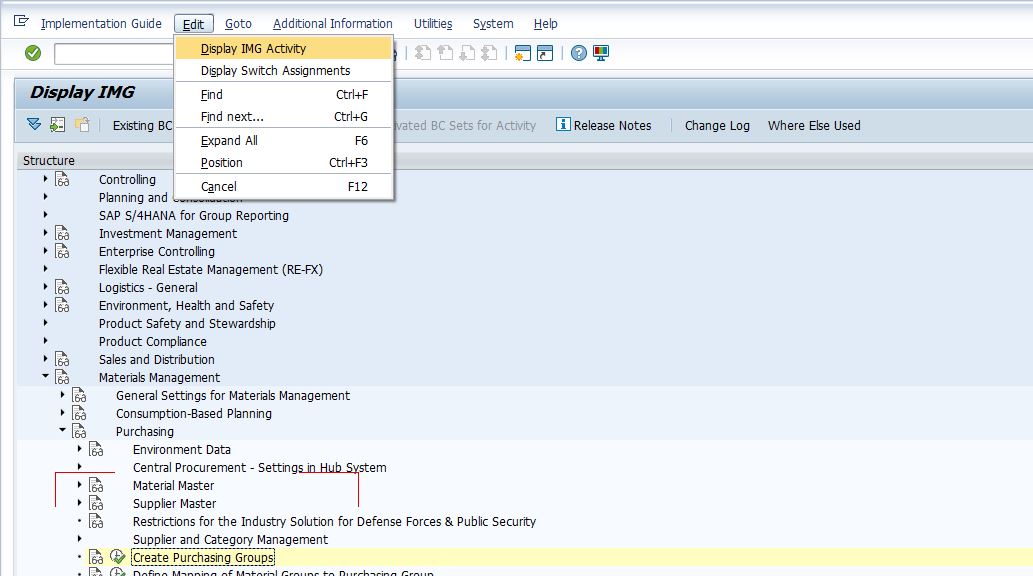SAP SPRO

SPRO is used to REFERENCE IMPLEMENTATION GUIDE.
What is SPRO in SAP?
The SPRO transaction in SAP is used for SAP Reference IMG (Implementation Guide). It is the central hub for customizing and configuring the SAP system to meet specific business requirements. When a company implements SAP, the system often needs to be tailored to fit the organization's processes, and SPRO is the primary tool used for this configuration.
Key Functions of SPRO:
-
Access to Customizing:
- SPRO allows you to navigate the SAP IMG (Implementation Guide), where you can access all the configuration settings for various SAP modules like Finance, HR, Materials Management, etc.
- It provides a hierarchical structure of customization tasks categorized by functional area.
-
Configuration Settings:
- You can configure settings such as company codes, payment terms, organizational structure, document types, and more.
- Each module (e.g., FI, SD, MM) has its specific configuration nodes where business processes can be tailored.
-
Project Management:
- SPRO also supports project-based configuration. You can create customizing projects to manage the different configuration steps for an implementation or upgrade.
- You can also assign tasks to different teams, track the progress of the project, and document the customizations.
-
Access to Documentation:
- Each configuration node in the IMG provides detailed documentation and explanations to help consultants and administrators understand what is being customized.
-
Transport Changes:
- After configuration changes are made, they can be saved to a transport request so that the settings can be moved from the development system to quality assurance and production systems.
How to Use SPRO:
- Go to transaction SPRO.
- Select SAP Reference IMG to access the full list of configuration options.
- Navigate through the tree structure to find the configuration area you want to customize (e.g., Finance, Logistics, etc.).
- Make the necessary configuration changes.
- Save changes to a transport request for deployment in other environments (e.g., QA, production).
Typical Tasks Performed in SPRO:
- Configuring company structure (company code, plant, sales organization).
- Setting up chart of accounts, payment terms, or tax settings.
- Defining document types and number ranges.
- Configuring material types and procurement processes.
- Setting up organizational structures for HR.
In summary, SPRO is the central transaction for accessing and managing all customizing settings in SAP, making it crucial for SAP consultants and administrators during system implementation and maintenance.
